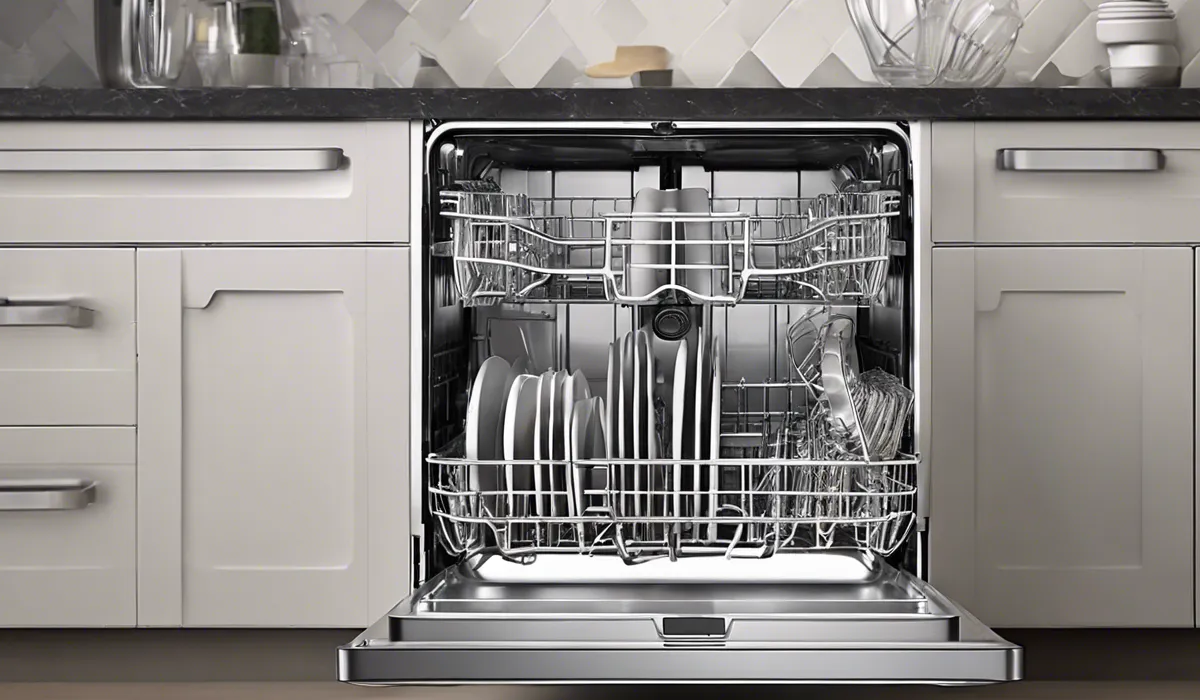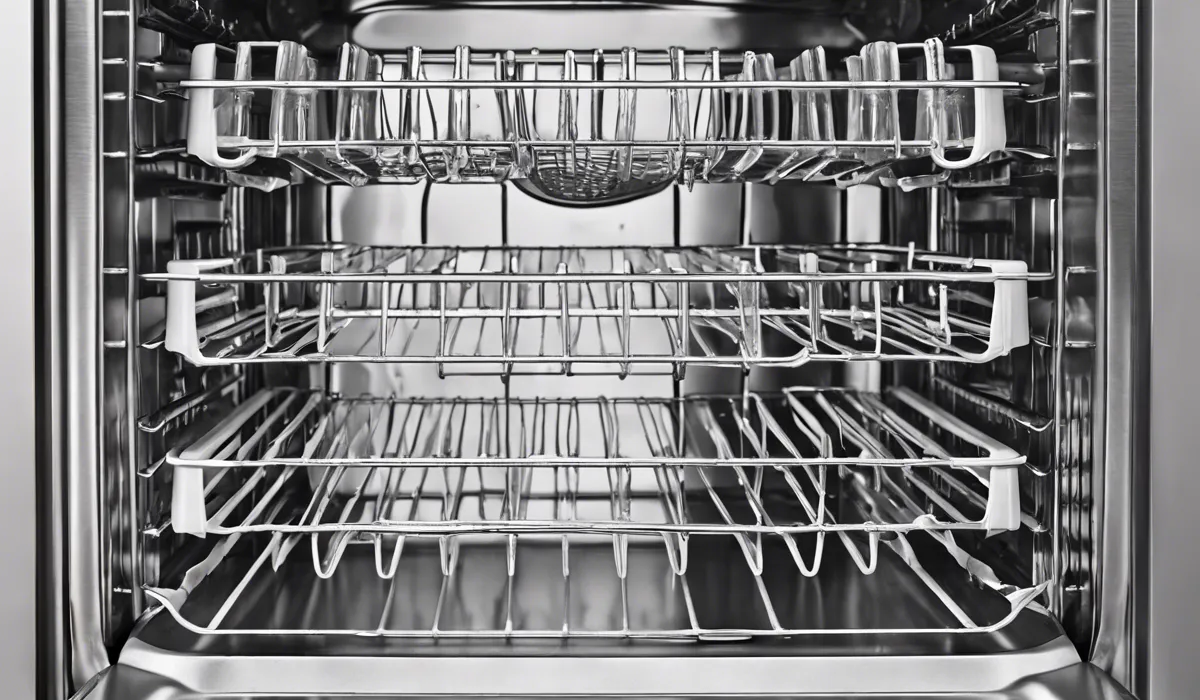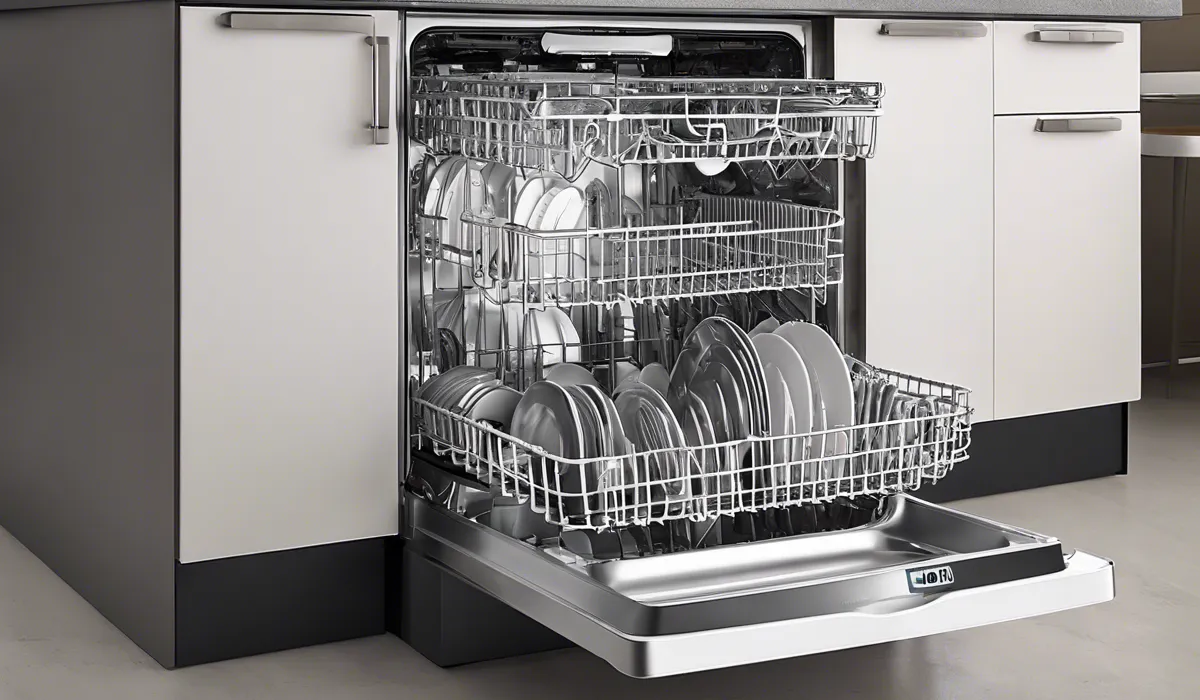Why Are Dishwasher Racks So Expensive? Unveiling the Cost
Dishwasher racks are expensive due to their durable construction, complex design for maximum efficiency, and the specialized coatings that protect dishes and resist rust. Manufacturers invest in research and high-quality materials to ensure longevity, which reflects in the price.
Manufacturing Complexity and Materials

Intricate Design and Manufacturing Process
Dishwasher racks are not just simple wire baskets; they are engineered for efficiency and convenience.
The manufacturing process begins with a detailed design phase where engineers create prototypes to maximize space and functionality within the dishwasher.
Every curve and corner is considered to ensure that dishes, from bulky pots to delicate glasses, are held securely and get cleaned effectively.
This level of precision requires advanced machinery and skilled labor, both of which contribute to the higher cost of production.
Detailed Breakdown of Materials Used
The materials chosen for dishwasher racks must withstand extreme conditions, such as high water temperatures, detergents, and food acidity. Coated steel is a common choice for its strength and flexibility.
To prevent rust and corrosion, racks are often treated with anti-corrosive coatings. Plastics used are typically high-grade and heat-resistant to survive the dishwasher’s environment.
These materials are more costly than those used in less demanding applications, but they offer the durability that consumers expect.
Cost of Durability and Design Features
The longevity of dishwasher racks is a testament to their construction, but this durability comes at a price.
Design features such as fold-down tines, adjustable heights, and wine glass holders add complexity and require additional materials and manufacturing steps.
These features, while enhancing user convenience, increase production costs which are then passed on to the consumer. The demand for such features shows that many are willing to pay a premium for the added functionality.
Research and Development Costs

Investment in Ergonomic and Efficient Rack Designs
Before a dishwasher rack reaches the market, it undergoes extensive research and development (R&D) to ensure it meets ergonomic standards and offers efficiency in dish loading and cleaning.
This R&D process involves testing different designs, materials, and configurations to strike the right balance between form and function. Such investment in R&D is crucial for creating a product that meets the high expectations of today’s consumers.
Cost of Innovation for Compatibility
With numerous dishwasher models and brands, manufacturers must innovate to ensure their racks are compatible with as many products as possible. This often means developing unique adapters or adjustable features, which can be complex and costly.
The cost of this innovation is factored into the final price of dishwasher racks, making them more expensive than one might initially expect.
How R&D Adds to the Final Product Cost
The expenses associated with R&D do not simply evaporate once the product is launched. Instead, they are amortized over the number of units sold.
Since the dishwasher rack market is not as large as other appliance parts, the R&D expenses contribute a significant proportion to the final cost of each rack.
Market Dynamics and Replacement Demand

Demand for Replacement Racks vs. Initial Purchase
Replacement dishwasher racks are often more expensive than those that come with the dishwasher. This is due, in part, to the fact that initial racks are typically subsidized by the overall cost of the dishwasher.
When it comes to replacements, consumers are purchasing the racks as standalone products, which means manufacturers must price them to cover their costs and make a profit.
Impact of Limited Competition
The market for dishwasher racks has limited competition, which often leads to higher prices. With only a few key players dominating the market, there’s less pressure to drive prices down.
Consumers seeking quality and durability in their replacement racks are thus faced with relatively high costs compared to other household items.
Price Premium for Brand-specific Design and Compatibility
Brand-specific designs that ensure compatibility with particular dishwasher models can also lead to a price premium.
Manufacturers may hold patents or exclusive designs that prevent other companies from producing compatible racks, thus allowing them to set higher prices.
This exclusivity is something consumers pay for when they require a replacement rack that matches their dishwasher’s brand and model.
FAQs About Dishwasher Rack Expense
Why are dishwasher racks so expensive compared to other dishwasher parts?
Dishwasher racks are more expensive than other parts because of their durable construction, complex design, and specialized coatings that ensure efficiency, protect dishes, and resist rust.
What makes the design of dishwasher racks complex?
The design of dishwasher racks is complex to maximize loading efficiency and accommodate a variety of dish sizes and shapes, which requires careful engineering and research.
Are the materials used for dishwasher racks different from typical metal racks?
Yes, the materials used for dishwasher racks are often high-quality metals with specialized coatings to protect against rust and minimize wear and tear over time.
How do the specialized coatings on dishwasher racks affect their price?
The specialized coatings on dishwasher racks, which protect dishes and resist rust, add to the manufacturing cost, thus increasing their price.
Is the longevity of dishwasher racks reflected in their cost?
Yes, manufacturers invest in high-quality materials and research to ensure dishwasher racks last a long time, and this investment is reflected in the racks’ higher cost.
Final Thoughts
The high cost of dishwasher racks stems from their robust construction, intricate designs for optimal efficiency, and the specialized coatings that safeguard dishes while preventing rust.
This price is further justified by the manufacturers’ commitment to research and the use of premium materials designed to enhance the product’s durability and lifespan.





